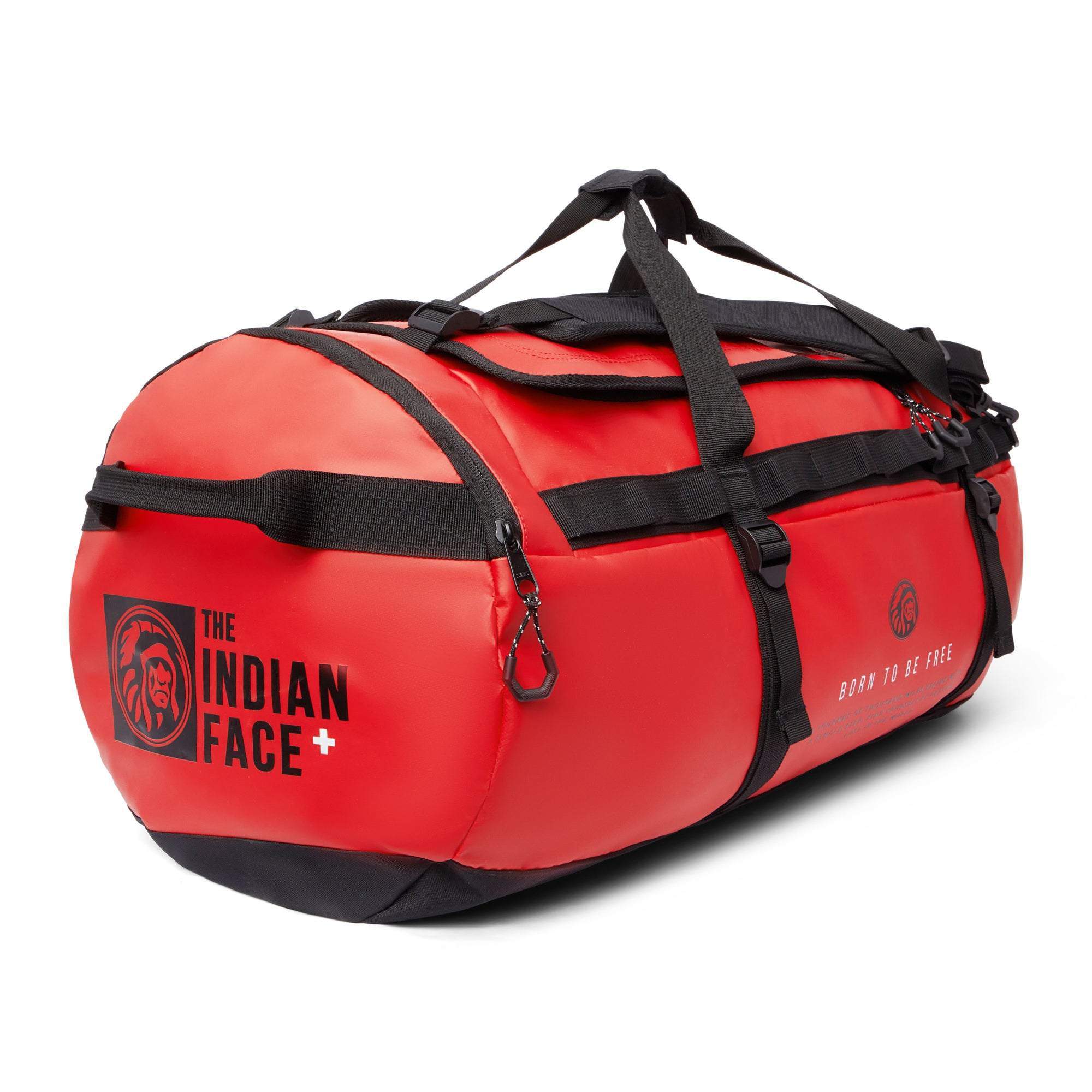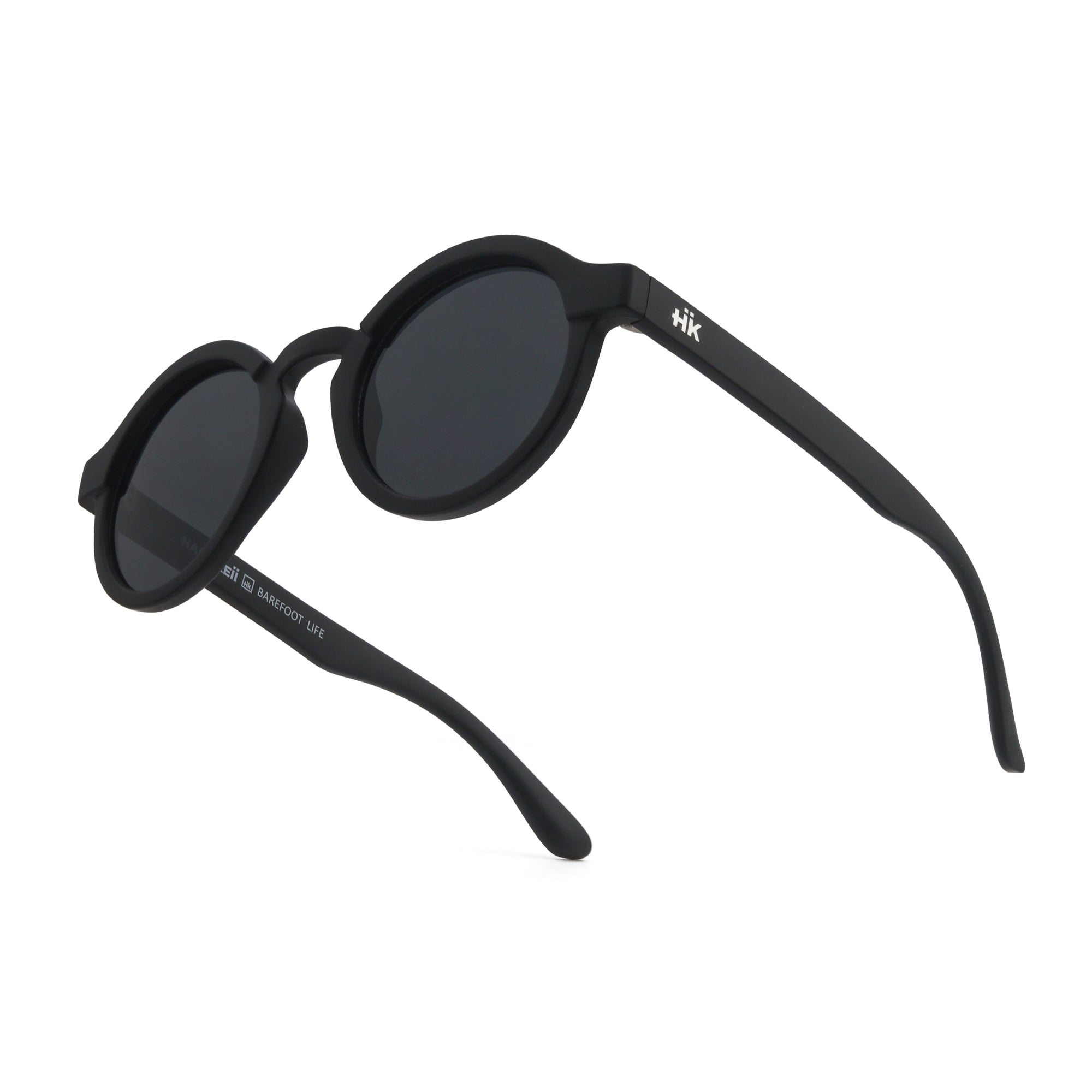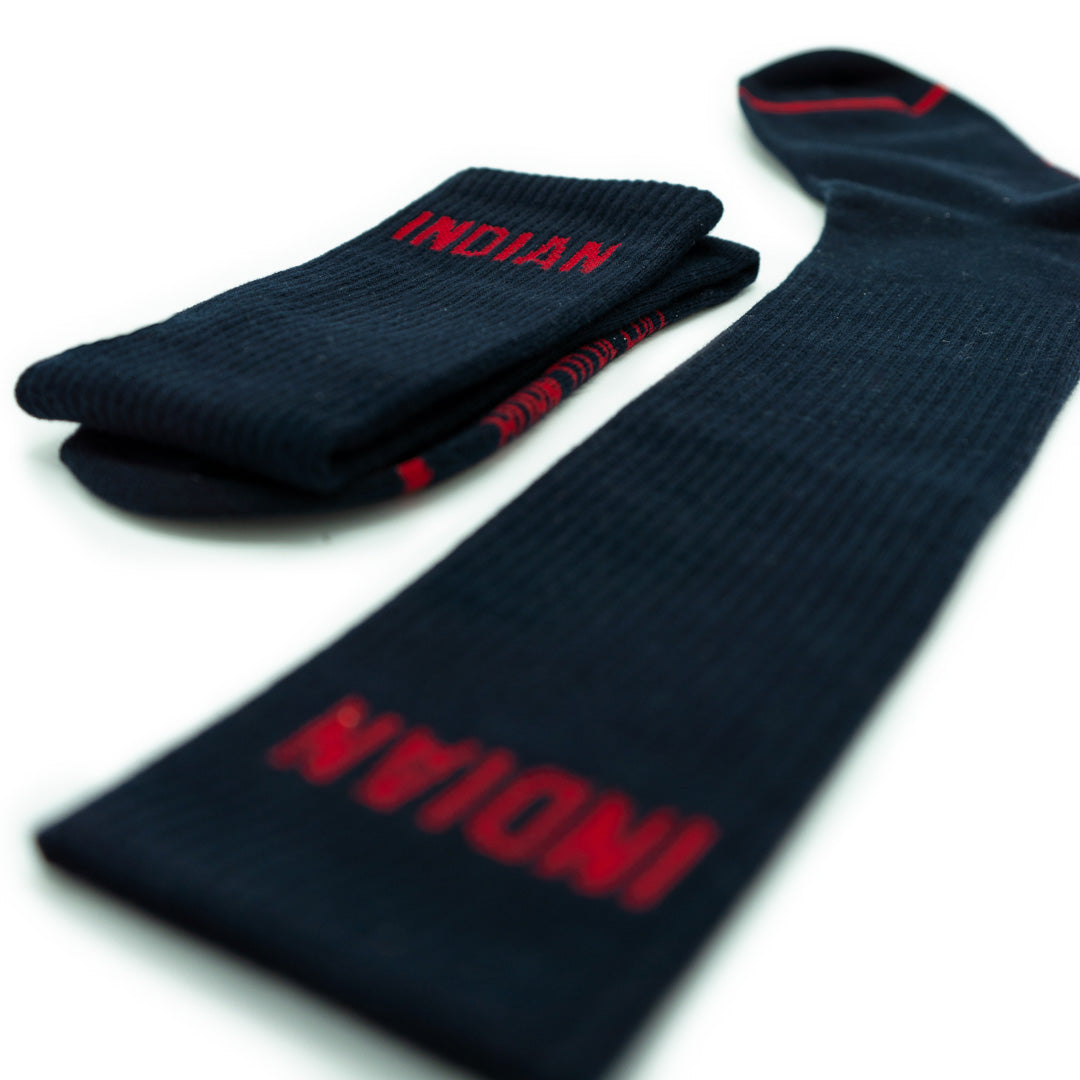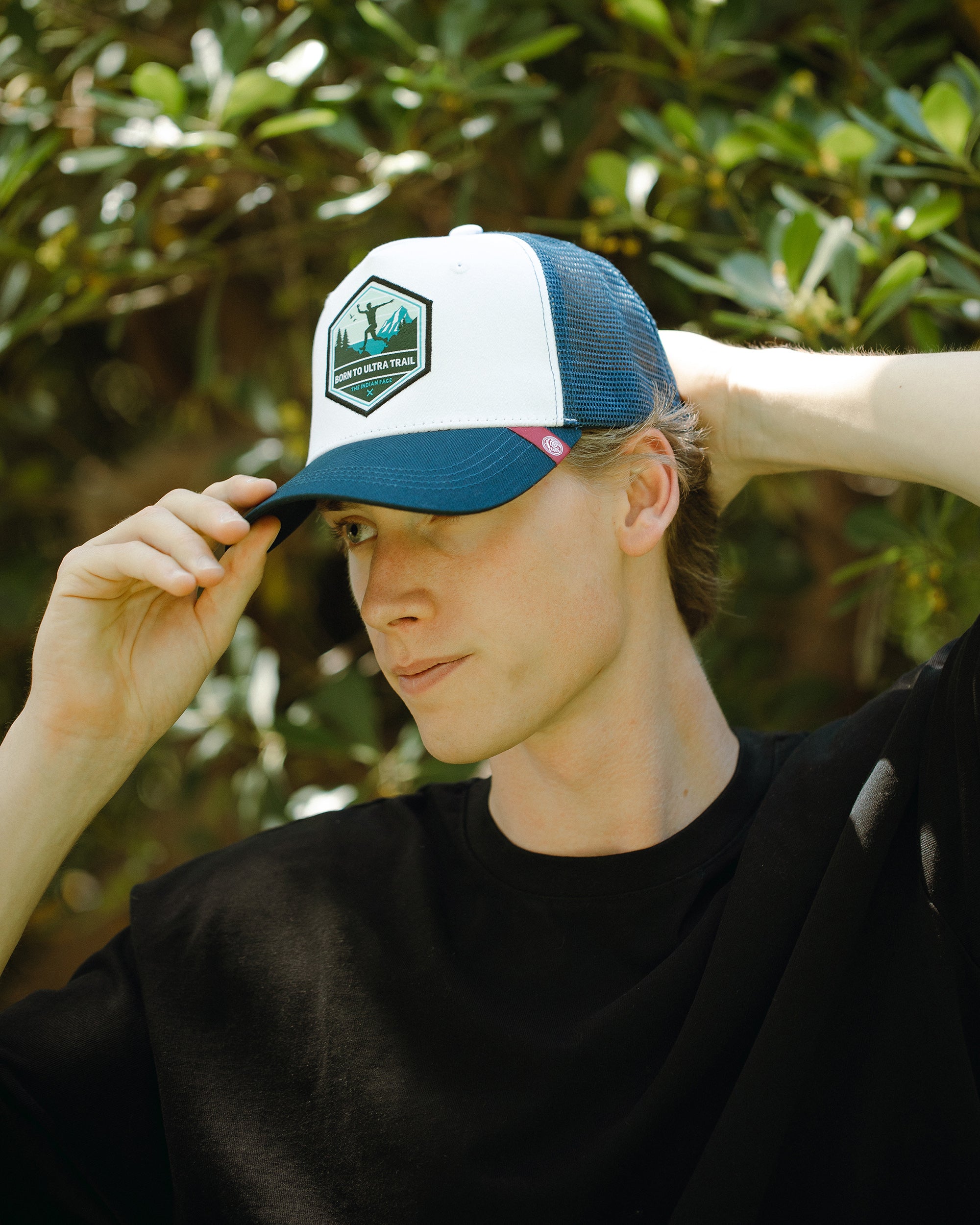Skiing is considered one of the most motivating sports a person can practice. Its challenging and demanding nature hooks the athlete deeply, and once the first improvements begin to show, you can't stop. And there are many cases in which achievement in the sport ends up transcending the personal level, improving the quality of life through personal effort. We have spoken with a number of ski instructors with extensive experience in this type of student motivation process.They've told us a few things about personal development through the practice of this snow sport.
Skiing means facing very difficult situations, often in short periods of time. It is a sport that It puts you on the edge and generates many doubts for those who have been practicing it for a short time.And, having said that, what is often sought is for the person to practice it precisely for that purpose: to learn how to solve difficult situations, to clear doubts and trust in themselves, to know how to motivate themselves, to demand order and discipline. And that's where we come in to analyze skiing as a tool for motivation and personal development.
Self-efficacy
Self-efficacy It is the perception that the person has of his or her own ability to solve tasks or problemsA ski instructor or instructor relies heavily on this concept when working on their students' motivation, as it requires them to overcome fears, limitations, and discomfort. The idea is to convince the student that they can achieve goals beyond their expectations, to show them that they are capable of doing so, and, indirectly, to divert their attention from the shortcuts and immediate pleasures that surround us everywhere today. Nothing beats the effort of oneself to achieve a goal we thought was impossible.
A ski instructor becomes a figure who creates challenges for students; starting from basic premises, he or she will accompany his or her pupils on a journey to their limits. The instructor will do everything possible to help them overcome these limits (something unthinkable for the students at first) since, if properly managed and without causing very stressful or traumatic situations, The journey will consist of episodes of teacher-student persuasion, phases of learning theoretical and practical concepts, interpretation and analysis of non-verbal language and achievements in executions. of movements, displacements, etc.
In fact, certain axioms have been demonstrated:
- He achievement increases a person's self-efficacy and therefore improves their future performance
- The observation It is a good way to improve self-efficacy
- The verbal persuasion It is of great help to increase self-confidence
- The knowledge and interpretation of the nonverbal language can be of great help in increasing the feeling or ability to control
And under these axioms, one must work on personal improvement based on these premises:
Prepare wellIt's essential because if the skier doesn't begin the process prepared and ready to face physical and mental challenges, they can face frustration. It's important to train a little beforehand.
Visualize successYou have to see and imagine yourself achieving your goals.
RelyIf you don't trust yourself, that you can reach your own limits and overcome them, it will be more difficult to overcome them.
Confidence in your movements. Thoughts and emotions must accompany safe and strong movementsIf this pairing separates, it can turn into a dynamic of self-doubt, hesitant movements, etc.It must be avoided.
Chase the good executionsPracticing skiing intensely, challenging yourself, and doing it with confidence, striving for excellence in your performances… is the best way to achieve self-improvement.

















































